Indoor and outdoor plants bring beauty, freshness, and life to any space. However, many plant owners don’t realize that dust, dirt, and grime that accumulate on leaves over time can hinder plant health. Leaves are the lungs of plants—they perform photosynthesis, absorb carbon dioxide, and release oxygen. If their surfaces are blocked by layers of dust, water spots, or even pest residue, their ability to thrive reduces drastically. That’s why learning how to clean plant leaves properly is an essential step in plant care for healthier growth and longer plant life.
This guide will walk you through why cleaning plant leaves matters, the different methods to clean them, natural cleaning solutions, and best practices to keep your plants thriving.
Why Cleaning Plant Leaves Is Important
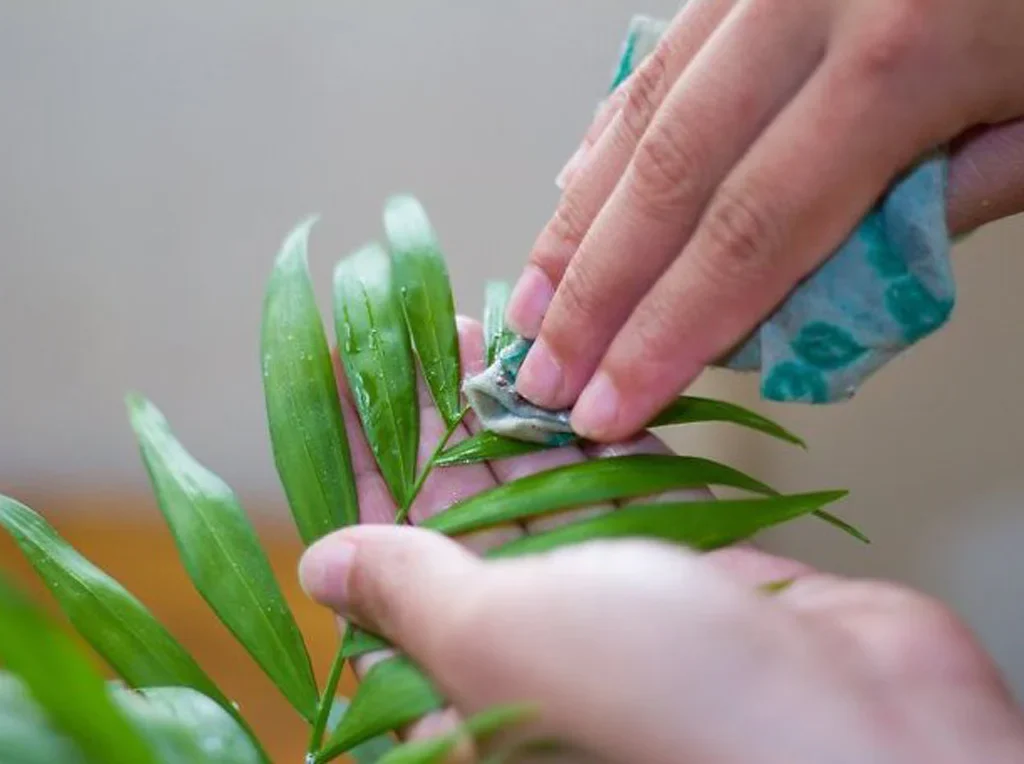
- Improves Photosynthesis
Photosynthesis is how plants create food for themselves. Dust and grime block sunlight from reaching the leaves, reducing their ability to photosynthesize effectively. Clean leaves absorb more light, ensuring better energy production and growth. - Enhances Oxygen Production
Plants contribute to cleaner indoor air by releasing oxygen and absorbing carbon dioxide. Dust-covered leaves reduce this exchange, limiting their air-purifying benefits. - Reduces Pest Problems
Pests such as spider mites, aphids, and mealybugs often thrive in dusty or dirty conditions. Cleaning leaves regularly helps remove eggs, webs, and sticky residues that attract pests. - Prevents Diseases
Fungus, mold, and bacterial spots often begin on neglected leaves. A clean surface reduces the chances of disease development, particularly in high-humidity environments. - Improves Aesthetic Appeal
Shiny, fresh-looking leaves make your plants look healthier and more attractive. Clean plants brighten your home or garden and create a more vibrant atmosphere.
Tools and Supplies for Cleaning Plant Leaves
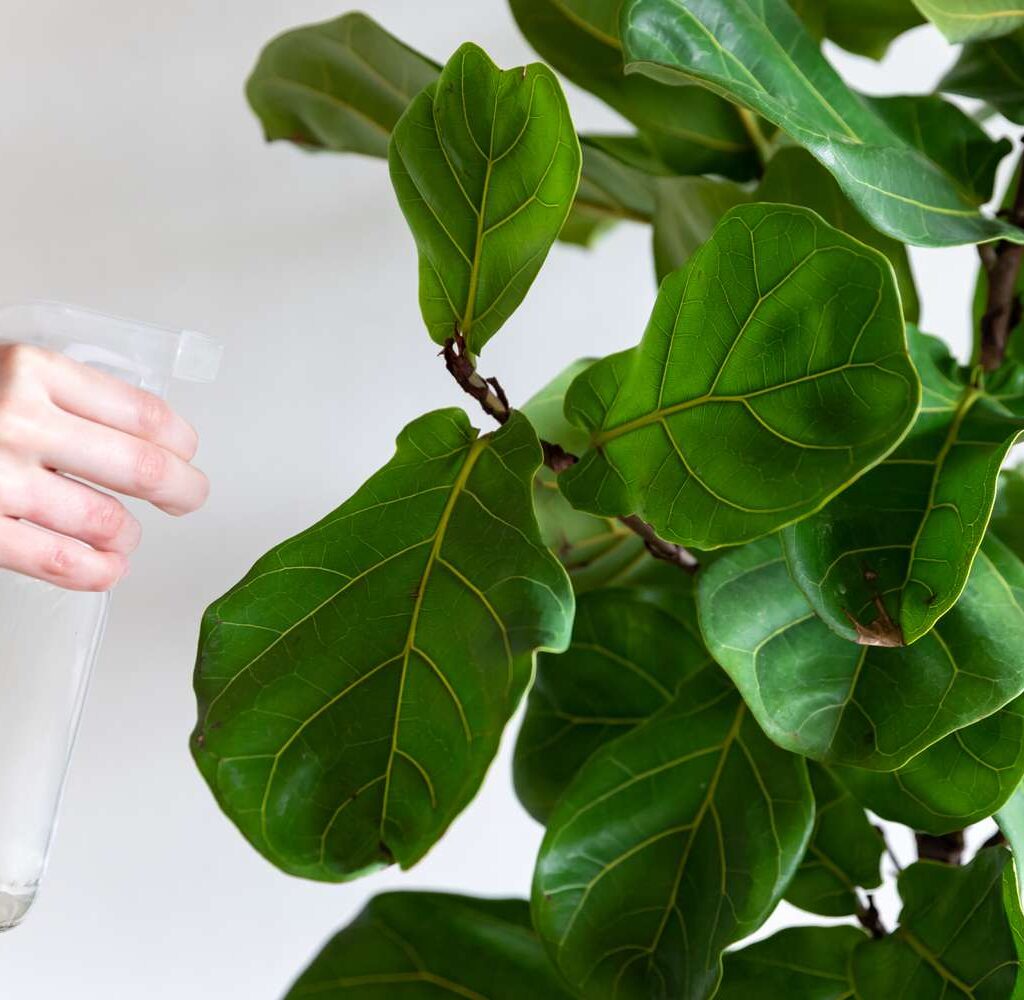
Before diving into cleaning techniques, it’s important to gather the right tools:
- Soft microfiber cloths or cotton pads
- Spray bottle with clean water or mild solutions
- Soft brush or paintbrush for delicate plants
- Bowl of lukewarm water
- Plant-safe soap or diluted dish soap
- Neem oil or natural cleaning agents for pest prevention
Methods for Cleaning Plant Leaves
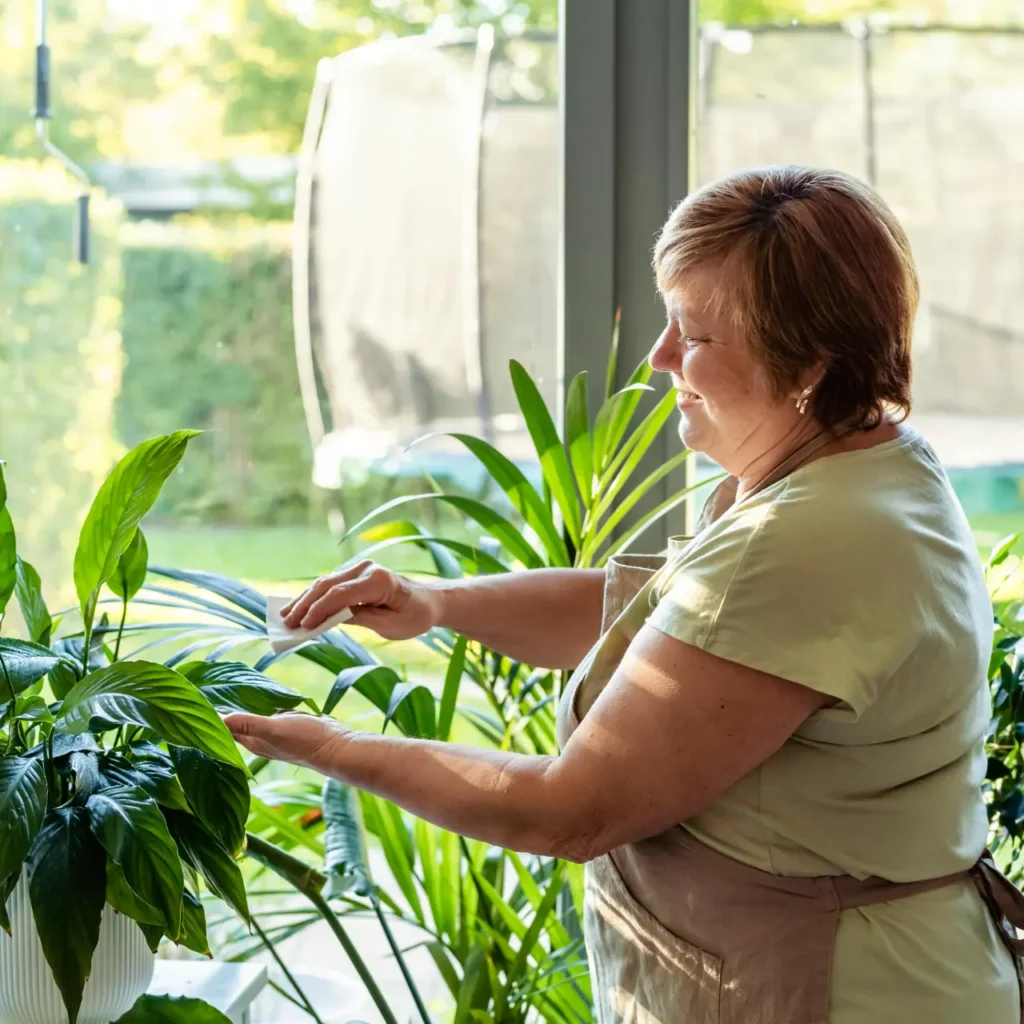
Different plants require different cleaning techniques depending on their leaf size, texture, and fragility. Here are the most effective methods:
1. Wiping Leaves with a Damp Cloth
Best for: Large, sturdy-leaved plants like Monstera, Rubber Plant, Fiddle Leaf Fig, and Peace Lily.
- Dip a microfiber cloth in lukewarm water and wring it out.
- Support the underside of the leaf with your hand.
- Gently wipe the top surface, removing dust and dirt.
- Flip and wipe the underside if needed.
This method is gentle and gives leaves a shiny finish without damaging them.
2. Showering or Rinsing Plants
Best for: Medium to large houseplants with many leaves, such as Ferns, Palms, and Dracaenas.
- Place the plant in your shower or sink.
- Use lukewarm water and rinse the leaves thoroughly.
- Allow the plant to drain excess water.
This mimics rainfall and is effective for cleaning multiple leaves at once. However, avoid using high-pressure water on delicate plants, as it may damage them.
3. Spraying with a Mist Bottle
Best for: Small plants, delicate species, or plants that can’t handle wiping.
- Fill a spray bottle with clean lukewarm water.
- Mist both sides of the leaves.
- Let the droplets loosen the dust and then gently dab with a cloth if needed.
This method is excellent for plants like Calathea, African Violets, and other delicate foliage.
4. Brushing for Fuzzy-Leaf Plants
Best for: Plants with fuzzy or hairy leaves such as African Violets, Lamb’s Ear, or Begonias.
Water can damage fuzzy leaves and lead to spotting. Instead:
- Use a soft brush, such as a paintbrush or makeup brush.
- Gently brush away the dust without wetting the leaves.
5. Submerging Small Plants
Best for: Small potted plants like Herbs or Succulents with firm leaves.
- Hold the pot with soil covered in plastic wrap to prevent spillage.
- Submerge the foliage in lukewarm water for a few seconds.
- Shake off excess water and allow the plant to dry.
This technique is fast and effective for compact plants.
Natural Cleaning Solutions for Plant Leaves
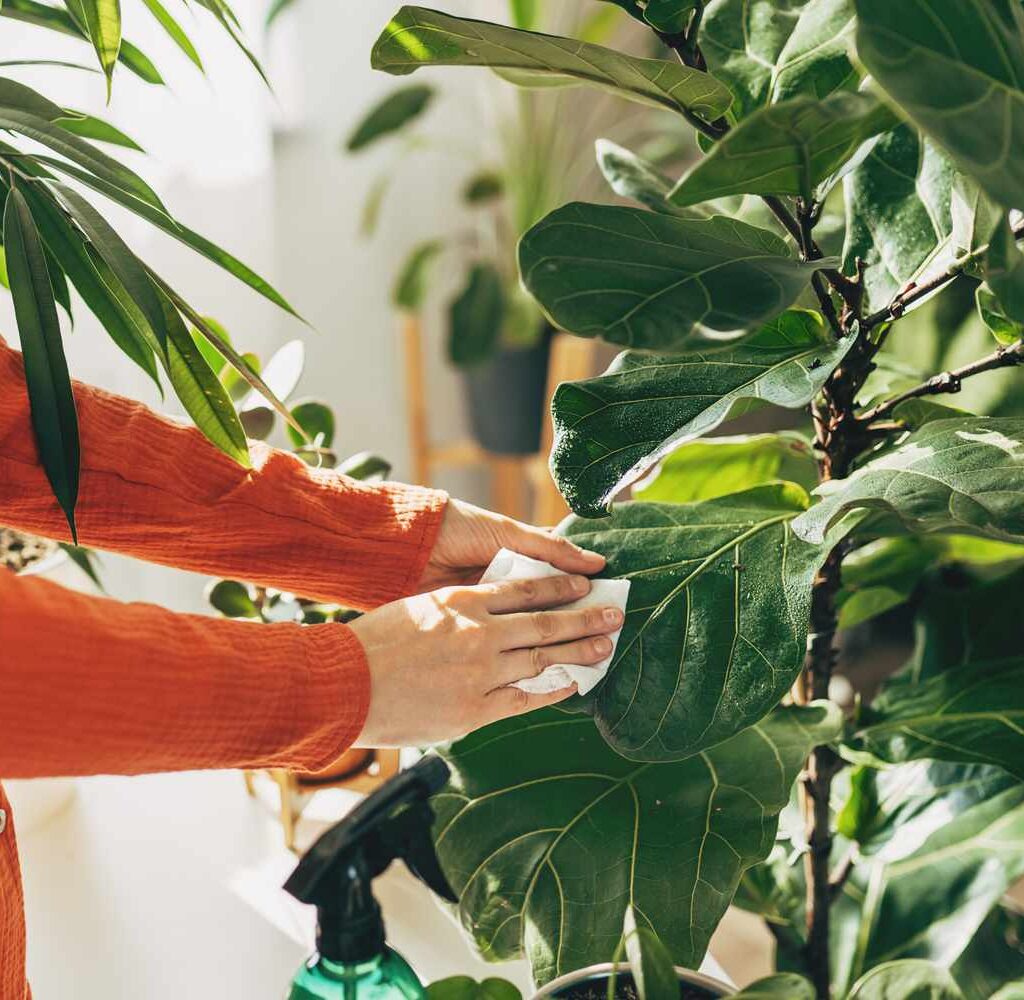
Plain water works well, but occasionally you may need extra help to remove grime, hard water spots, or pest residues. Here are safe, natural options:
- Mild Soap Solution
- Mix 1 teaspoon of mild dish soap with 1 liter of water.
- Dampen a cloth and wipe the leaves.
- Rinse with plain water to avoid soap residue.
- Neem Oil Solution
- Mix ½ teaspoon neem oil with 1 liter of water and a drop of dish soap.
- Spray on leaves to clean and repel pests naturally.
- Vinegar Solution (for hard water stains)
- Mix 1 tablespoon vinegar in 1 liter of water.
- Use sparingly, as vinegar is acidic and can harm sensitive plants.
- Milk and Water Mixture
- Combine equal parts milk and water.
- Wipe leaves for a natural shine and mild antifungal effect.
How Often Should You Clean Plant Leaves?
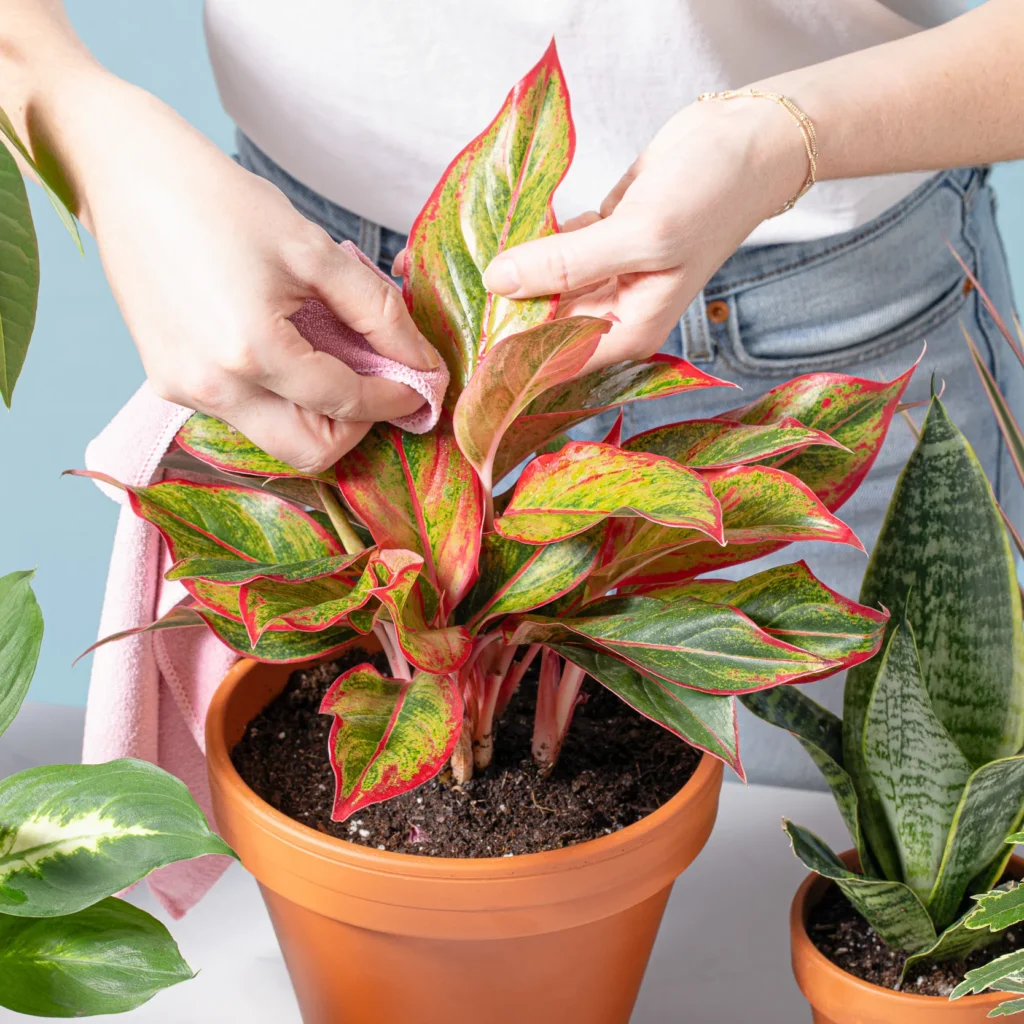
- Indoor plants: Every 2–4 weeks, depending on dust levels in your home.
- Outdoor potted plants: Every 1–2 weeks, since they’re exposed to more dust and pests.
- Delicate plants: Clean only when necessary to avoid damage.
Regular inspection of leaves ensures you catch dirt, pests, or diseases before they become serious problems.
Additional Tips for Healthy Leaves
- Avoid Leaf Shine Sprays
Commercial leaf shine products often clog pores (stomata) and harm plants. Stick to natural cleaning. - Clean the Undersides Too
Pests often hide beneath leaves, so don’t neglect this area. - Use Lukewarm Water Only
Cold water may shock plants, while hot water can damage delicate tissue. - Check Soil Moisture After Cleaning
If your plant was rinsed or showered, ensure proper drainage to prevent root rot. - Combine Cleaning with Pest Control
When wiping leaves, check for signs of pests like sticky residue, webbing, or small insects. Early detection saves your plant.
Common Mistakes to Avoid
- Using strong chemicals: Harsh cleaners damage leaves and disrupt plant health.
- Scrubbing too hard: Can tear delicate foliage.
- Leaving soap residue: Can burn leaves when exposed to sunlight.
- Cleaning in direct sunlight: Wet leaves can get scorched if exposed to direct sun after cleaning.
Conclusion
Cleaning plant leaves may seem like a small task, but it plays a big role in promoting healthier growth, vibrant appearance, and longer plant life. By keeping leaves free of dust and grime, you ensure that your plants can absorb maximum sunlight, fight off pests, and stay disease-free. Whether you wipe them with a damp cloth, rinse them under a shower, or use natural solutions like neem oil, regular maintenance makes a visible difference.
Healthy leaves equal healthy plants—and healthy plants reward you with cleaner air, a more vibrant home, and the joy of lush greenery.
So, the next time you notice a thin layer of dust on your Monstera or Fiddle Leaf Fig, remember: a quick clean might be all it needs to thrive better.
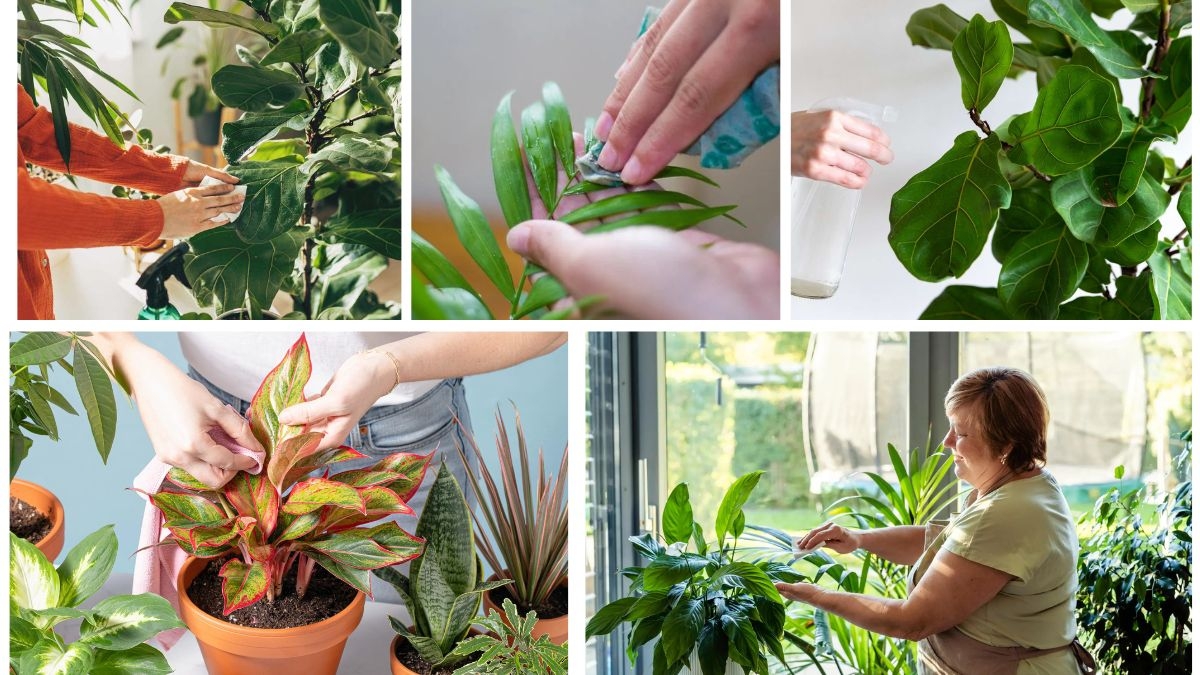





Leave A Comment